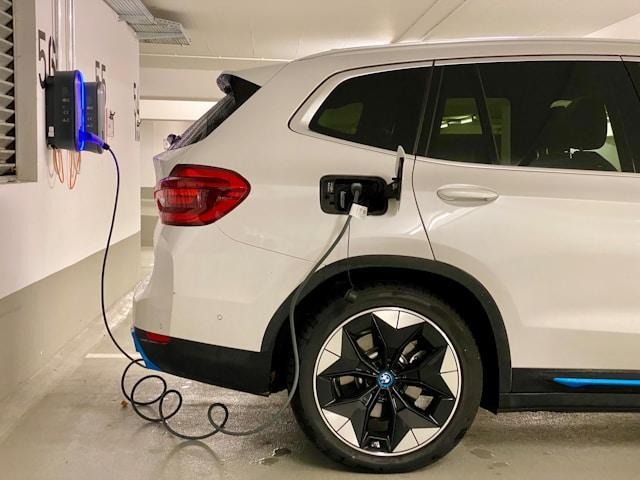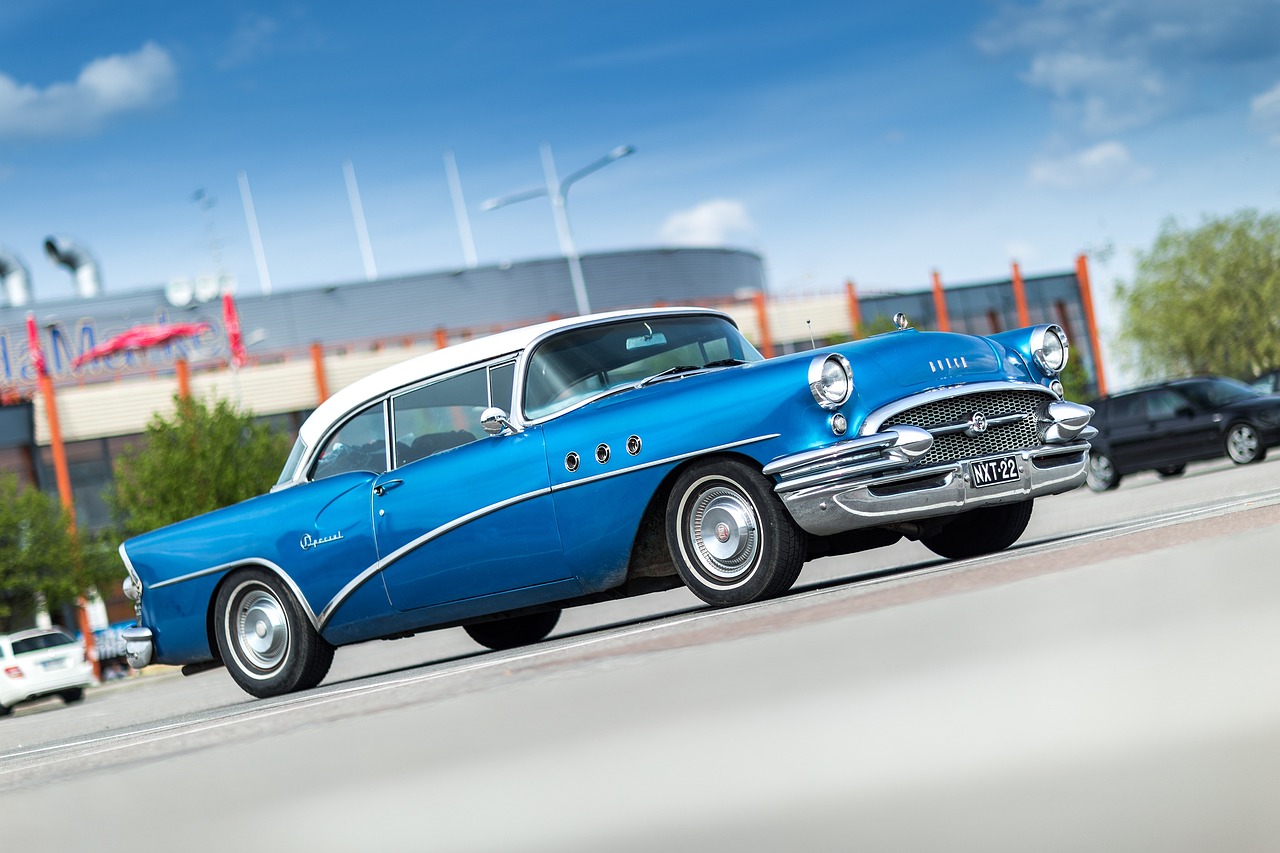The commercial trucking industry represents a sophisticated balance between vehicle capabilities, regulatory compliance, and operational economics. Commercial trucks form the foundation of modern supply chains, moving approximately 70% of freight by weight in developed economies. From light-duty delivery vans to heavy articulated vehicles, these trucks need to maximize payload capacity while meeting increasingly strict emissions standards and safety requirements. Fleet operators track metrics like ton-kilometers per liter of fuel, vehicle utilization rates, and maintenance costs per kilometer to evaluate performance. Understanding how different truck configurations contribute to overall logistics efficiency helps businesses choose vehicles that actually improve their bottom line rather than just moving goods from point A to point B.
Vehicle Classification and Operational Roles
Commercial trucks are classified by gross vehicle weight rating, which determines their legal operating parameters and licensing requirements. Light commercial vehicles under 3.5 tonnes include panel vans and small box trucks used for last-mile delivery in urban areas. These vehicles prioritize maneuverability and fuel economy over payload capacity, typically achieving 8 to 12 liters per 100 kilometers even when loaded.
Medium commercial trucks ranging from 3.5 to 12 tonnes serve regional distribution networks. These vehicles often feature rigid bodies with loading docks at standard warehouse height, streamlining loading and unloading operations. Their payload-to-weight ratio generally falls between 40% and 50%, meaning a 12-tonne truck might carry 5 to 6 tonnes of cargo. This category includes refrigerated trucks with insulated bodies and cooling units that maintain temperature-controlled environments for perishable goods.
Heavy commercial trucks exceeding 12 tonnes handle long-haul freight and bulk commodities. Articulated combinations with semi-trailers can legally operate at 44 tonnes in many jurisdictions, with the tractor unit providing 400 to 500 horsepower to maintain highway speeds. These vehicles represent the most cost-effective option for moving large volumes over distances exceeding 500 kilometers, with operating costs that can drop below $0.80 per ton-kilometer when fully utilized.
Technology Integration for Fleet Management
Modern commercial trucks incorporate telematics systems that continuously transmit data about vehicle location, speed, fuel consumption, and engine parameters. Fleet managers use this information to optimize routing, identify inefficient driving behaviors, and schedule maintenance based on actual vehicle usage rather than arbitrary time intervals. Studies show that telematics implementation can reduce fuel consumption by 10% to 15% through better route planning and driver coaching.
Electronic logging devices automatically record hours of service, ensuring compliance with regulations that limit driving time to prevent fatigue-related accidents. These systems integrate with fleet management software to help dispatchers plan loads and routes that keep drivers within legal limits while maximizing productive hours. The data also provides evidence in case of accidents or regulatory audits.
Collision avoidance systems use radar and cameras to detect vehicles, pedestrians, and obstacles in the truck's path. Forward collision warning systems alert drivers to potential impacts, while automatic emergency braking can activate if the driver doesn't respond. Lane departure warnings help prevent drift on highways, particularly during night operations when fatigue is more likely. These technologies have demonstrated accident reduction rates of 20% to 30% in fleets where they're properly implemented and drivers receive adequate training.




Want to add a comment?